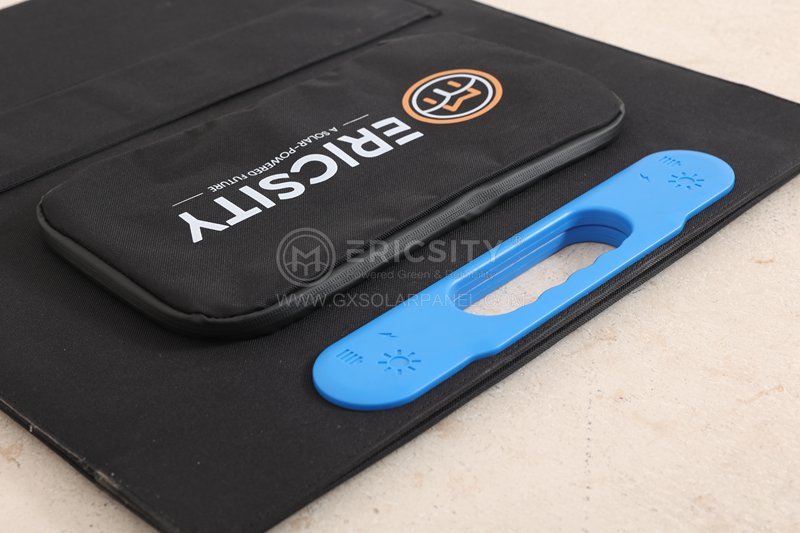HOT PRODUCT
Product Details
Harnessing The Sun’s Full Potential: The Quest For The Most Powerful Flexible Solar Panel
Harnessing The Sun’s Full Potential: The Quest For The Most Powerful Flexible Solar Panel
Solar energy is a limitless source of power that holds great promise for a sustainable future. The increasing demand for renewable energy solutions has led to significant advancements in solar panel technology. One area of focus has been the development of flexible solar panels that can efficiently harness sunlight in various settings, such as curved surfaces, textiles, and portable electronics. The quest for the most powerful flexible solar panel is driven by the ambition to maximize energy generation while minimizing the limitations imposed by traditional rigid panels.

Flexible solar panels are constructed using thin-film solar cells or organic photovoltaic (OPV) materials, which can be fabricated on flexible substrates such as plastic or metal foils. These materials offer several advantages over their rigid counterparts. Their lightweight nature and pliability make them highly versatile, allowing for installation in unconventional environments and applications. Additionally, flexible solar panels can be manufactured using roll-to-roll manufacturing processes, enabling cost-effective mass production.
One key challenge in developing powerful flexible solar panels is maximizing their energy conversion efficiency. Conventional crystalline silicon solar cells boast impressive efficiency rates but are limited in their flexibility due to the brittle nature of the material. Thin-film solar cells have lower efficiency rates but offer improved flexibility. Researchers are continuously striving to enhance the efficiency of thin-film solar cells by optimizing their materials and fabrication techniques.
A significant breakthrough in flexible solar panel technology came with the development of perovskite solar cells. Perovskite materials have demonstrated extraordinary light-absorbing properties and can be fabricated using low-cost solution-based processes. These cells can be directly printed onto flexible substrates, enabling rapid and cost-effective production. However, perovskite solar cells face challenges such as stability and durability, which need to be addressed before widespread commercialization.
In recent years, the integration of nanomaterials into flexible solar panels has shown immense potential to boost their power generation. Nanomaterials, such as quantum dots, nanowires, and carbon nanotubes, offer unique electrical and optical properties that can enhance light absorption and charge carrier mobility within the solar cells. By incorporating these advanced materials into the design of flexible solar panels, researchers aim to achieve higher energy conversion efficiencies while maintaining flexibility.
Another avenue of research in the pursuit of powerful flexible solar panels is the exploration of tandem solar cell architectures. Tandem solar cells consist of multiple layers of different semiconducting materials, each optimized for capturing a specific part of the solar spectrum. By combining different materials with complementary absorption characteristics, tandem solar cells can achieve higher energy conversion efficiencies than single-junction solar cells. Integrating tandem solar cell structures into flexible panels could lead to significant performance improvements.


Moreover, powering portable electronics and wearable devices is a growing demand in today’s society. Flexible solar panels offer an ideal solution by seamlessly integrating into various consumer products. The ability to generate power from sunlight opens up possibilities for charging devices on the go, eliminating the need for traditional power sources and reducing carbon footprint. Researchers are actively developing flexible solar panels tailored for specific portable applications, pushing the boundaries of technology.
In conclusion, the quest for the most powerful flexible solar panel is driving continuous innovation in solar panel technology. Through advancements in materials, fabrication techniques, and cell architectures, researchers are maximizing energy conversion efficiency while maintaining the flexibility required for various applications. The development of perovskite solar cells and the integration of nanomaterials into flexible panels have brought significant advancements, yet challenges remain in terms of stability and durability. As the demand for renewable energy continues to rise, the realization of powerful and flexible solar panels holds the key to a sustainable and clean energy future.




